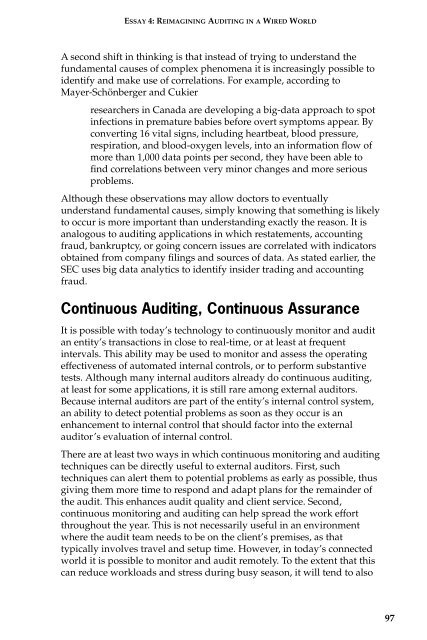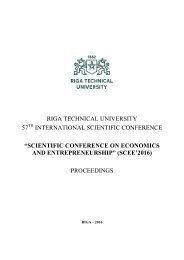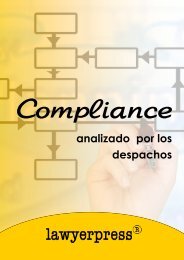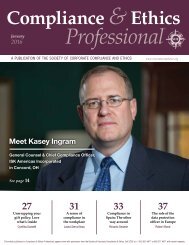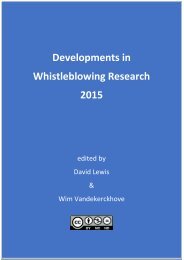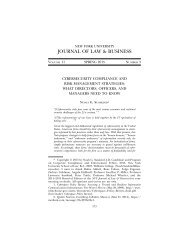AUDIT ANALYTICS AUDIT
x8YaD9
x8YaD9
- No tags were found...
You also want an ePaper? Increase the reach of your titles
YUMPU automatically turns print PDFs into web optimized ePapers that Google loves.
ESSAY 4: REIMAGINING <strong>AUDIT</strong>ING IN A WIRED WORLD<br />
A second shift in thinking is that instead of trying to understand the<br />
fundamental causes of complex phenomena it is increasingly possible to<br />
identify and make use of correlations. For example, according to<br />
Mayer-Schönberger and Cukier<br />
researchers in Canada are developing a big-data approach to spot<br />
infections in premature babies before overt symptoms appear. By<br />
converting 16 vital signs, including heartbeat, blood pressure,<br />
respiration, and blood-oxygen levels, into an information flow of<br />
more than 1,000 data points per second, they have been able to<br />
find correlations between very minor changes and more serious<br />
problems.<br />
Although these observations may allow doctors to eventually<br />
understand fundamental causes, simply knowing that something is likely<br />
to occur is more important than understanding exactly the reason. It is<br />
analogous to auditing applications in which restatements, accounting<br />
fraud, bankruptcy, or going concern issues are correlated with indicators<br />
obtained from company filings and sources of data. As stated earlier, the<br />
SEC uses big data analytics to identify insider trading and accounting<br />
fraud.<br />
Continuous Auditing, Continuous Assurance<br />
It is possible with today’s technology to continuously monitor and audit<br />
an entity’s transactions in close to real-time, or at least at frequent<br />
intervals. This ability may be used to monitor and assess the operating<br />
effectiveness of automated internal controls, or to perform substantive<br />
tests. Although many internal auditors already do continuous auditing,<br />
at least for some applications, it is still rare among external auditors.<br />
Because internal auditors are part of the entity’s internal control system,<br />
an ability to detect potential problems as soon as they occur is an<br />
enhancement to internal control that should factor into the external<br />
auditor’s evaluation of internal control.<br />
There are at least two ways in which continuous monitoring and auditing<br />
techniques can be directly useful to external auditors. First, such<br />
techniques can alert them to potential problems as early as possible, thus<br />
giving them more time to respond and adapt plans for the remainder of<br />
the audit. This enhances audit quality and client service. Second,<br />
continuous monitoring and auditing can help spread the work effort<br />
throughout the year. This is not necessarily useful in an environment<br />
where the audit team needs to be on the client’s premises, as that<br />
typically involves travel and setup time. However, in today’s connected<br />
world it is possible to monitor and audit remotely. To the extent that this<br />
can reduce workloads and stress during busy season, it will tend to also<br />
97


